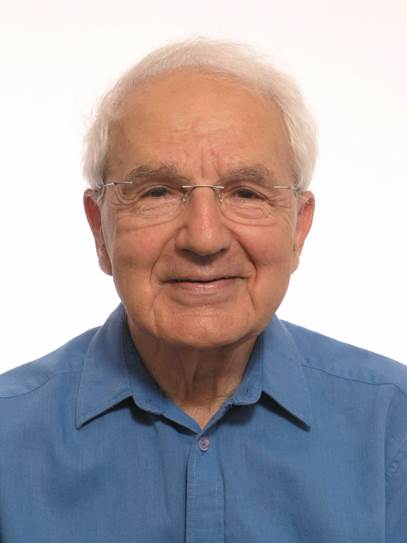Bureš lecture series "Skeletal muscle function in the context of the neuromuscular, musculoskeletal and metabolic system"
Stefano Schiaffino
Venetian Institute of Molecular Medicine, Padova, Italy
Lecture topic: “Skeletal muscle as a component of the neuromuscular, musculoskeletal and metabolic system”
One cannot understand muscle biology and physiology without considering that skeletal muscle is at the same time a major component of three distinct systems: the neuromuscular system, the musculoskeletal system, and the metabolic system. In the neuromuscular system the crosstalk between nerves and muscles is mainly based on specific patterns of electrical signals generated by distinct types of motor neurons and controlling the activity of the various motor units. I have been collaborating for many years with Terje Lomo from Oslo, who developed procedures to stimulate denervated muscles with impulse patterns mimicking the firing patterns of different motor units. We found that these specific electrical signals are able to modulate the muscle fiber type phenotype and muscle growth. In the musculoskeletal system mechanical signals are transmitted from the muscle contractile machinery through the cytoskeleton and the myotendinous junctions to tendons and bones. We have recently analyzed the proteome of the human myotendinous junctions in collaboration with colleagues in Copenhagen, to identify the molecular and cellular components involved in muscle-tendon crosstalk. Finally, in the metabolic system muscles interact via circulation with all tissues of the body using a variety of chemical signals, such as metabolites, hormones, and cytokines. We have been interested in the circadian regulation of muscle metabolism and the relative role of the intrinsic muscle clock vs. extrinsic circadian signals in modulating metabolic pathways.
Biography:
Stefano Schiaffino is Emeritus Professor of General Pathology, University of Padova, and Emeritus at the Venetian Institute of Molecular Medicine (VIMM). After the School of Medicine at the University of Modena in 1965 he joined the Institute of General Pathology (now Department of Biomedical Sciences) of the University of Padova, where he spent his entire academic career, becoming full professor in 1981. Between 1987 and 2010 he was Director of the Consiglio Nazionale delle Ricerche (CNR) Center for Muscle Biology and Physiopathology in Padova. In 2000 he founded with some colleagues a private research center, the Venetian Institute of Molecular Medicine (VIMM) and has been acting as Vice President of this institute for many years. The mission of the center is to study the signaling pathways that underpin normal and pathological cell function and to promote the interaction between basic and clinical scientists.
In 1970 he has been working for some months in the laboratory of Prof. Arnošt Gutmann at the Institute of Physiology of the Czech Academy of Sciences in Prague, and in 1986-87 he was visiting professor in Paris, working with with Ketty Schwartz (INSERM unit, Hôpital Lariboisière) and Margaret Buckingham (Institut Pasteur). During the last 5 years he was visiting professor for short stages at the University of Copenhagen (2018), Inserm UMR 942 in Paris (2019) and Waseda University in Tokyo (2022). He was elected as member of the Accademia dei Lincei in Rome in 1996 and was awarded Doctor honoris causa in Medicine by the University of Umeå in 1988 and by the University Paris 7 - Denis Diderot in 1997.
His major research interest was initially to explore the heterogeneity of skeletal muscle fibers by electron microscopy and immunohistochemistry. His lab developed specific anti-myosin antibodies, some of which were donated to the Developmental Studies Hybridoma Bank (DSHB), a National Resource created by NIH, and are widely used for muscle fiber typing. The most important results of these studies were the discovery of a new fiber type, called type 2X, defined by a new fast-type myosin coded by a distinct gene, and the re-expression of developmental myosin isoforms in regenerating muscle. He serendipitously found that cardiac muscle cells are also heterogeneous in term of myosin composition, thus providing specific molecular markers that for the first time allowed to distinguish between muscle cell populations in atrial and ventricular myocardium and heart conduction tissue. More recently, his research interests moved towards cell signaling, focusing on the mechanisms that control fiber type specification and muscle hypertrophy and atrophy in adult skeletal muscle. Using an in vivo transfection approach, aimed at generating selective perturbations of different signaling pathways with constitutively active or dominant negative constructs, he was able to identify specific pathways that modulate muscle fiber size and fiber type. His most recent work focused on the control of muscle metabolism by circadian rhythms, and on proteomic analyses of single muscle fibers and a specific myofiber domain, the myotendinous junction.

IPHYS contact person: Jan Kopecký, jan.kopecky@fgu.cas.cz
